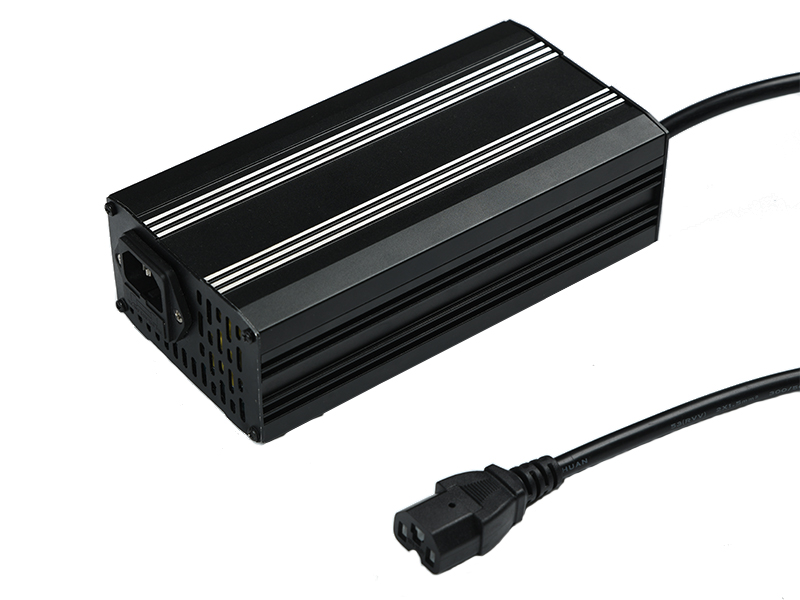Production of electric car charger manufacturers tell you whether electric car charger mixed? Can 48V charger for electric car charge 60V battery?
This question uses the charger manufacturer's words to answer. You can fully charge a 60V battery with a 48V charger. Because they designed the circuit diagram, the battery would be as big as the charger, and the repairman could change the data in the circuit section to change the power output. If Jughead plugs a 48v charger into a 60V battery, water is running uphill. If the 60V charger is charged with 48V, the charger or battery will burn out.
Battery cars and cell phone chargers are built on the same principle, relying on an optocoupler to adjust the output voltage. In order to solve this problem, a special battery car charger is found, and the 2k resistor is connected to the optocoupler circuit and then the voltage is reduced by 10v. The series can be increased by 10v, so the key to changing the voltage is here. The output current of the small charger varies with the voltage. For example, if the 48v charger outputs 59v, 1.7A, then the 60v charger needs to be 10v higher and the current needs to be greater than 2A. What kind of logic is that? Due to the physical characteristics of the battery pack, the current will be higher and higher in parallel and lower and lower in series. 60v is five 12v batteries, so its output current will be higher than 2A. The charger is designed for output voltage and current. You just know how to adjust the boost for it, but it's not enough if the current doesn't go up. Although it can charge a 60v battery, the charging time will increase by 40% due to the low current.

Can the charger equipped with a nominal voltage of 48V battery pack of electric vehicle charge a nominal voltage of 60V battery pack? This should be discussed on a case-by-case basis:
1. If the nominal voltage of the 60V lead acid battery pack is completely discharged and the charger cannot be found at hand, the 48V lead acid battery charger can be used to charge the 60V battery pack only when the output plug and charging hole socket of the 60V battery pack have the same polarity.
Since the voltage of the 60V battery is 10.5x5 = 52.5V after discharge, the output voltage of the 48V charger is 14.4x4V, which is higher than 52.5V, so a small amount of power can be added. Charging ends when the battery voltage rises to 14.4x4V.
Some people say, this is not full! What's the use? This is wrong: for lead-acid batteries, if they are not recharged after discharge, the lead sulfate on the positive and negative plates will start to crystallize -- a cancer spot for lead-acid batteries! This is known as vulcanization. With the development of vulcanization, the capacity of lead-acid battery decreases and is finally scrapped. Can stop cancer in the first place, why not?
2. If the voltage at both ends of the 60V battery string is greater than or equal to the output voltage of the 48V charger, the 48V charger cannot be used to charge the 60V battery string. Because charging requires a potential difference, high voltage can only be charged to low voltage. But you don't have to worry, when the battery voltage is higher than the charger voltage, the power will flow back - there are diodes in the charger circuit to prevent reverse connection and reverse charging.
3. If you have the ability to start, you can disassemble the 48V charger, find the components that adjust the output voltage (such as the 431 of the photocoupler of the 384x charger), adjust the resistance value of the voltage resistor on the 431, so that the output voltage of the charger rises or falls.
It can be adjusted so that the output voltage is around 14Vx5, which can be used in emergency. However, we should pay attention to whether the voltage of the secondary filtering capacitor of the charger (the voltage of the secondary filtering capacitor of the 48V charger is 63V) can withstand. Let's switch to 100 volts.
In addition, attention should be paid to the heat dissipation and maximum power consumption of the FET (48V chargers are mostly 8N60 and below, 60V chargers are mostly 12N60 and above).